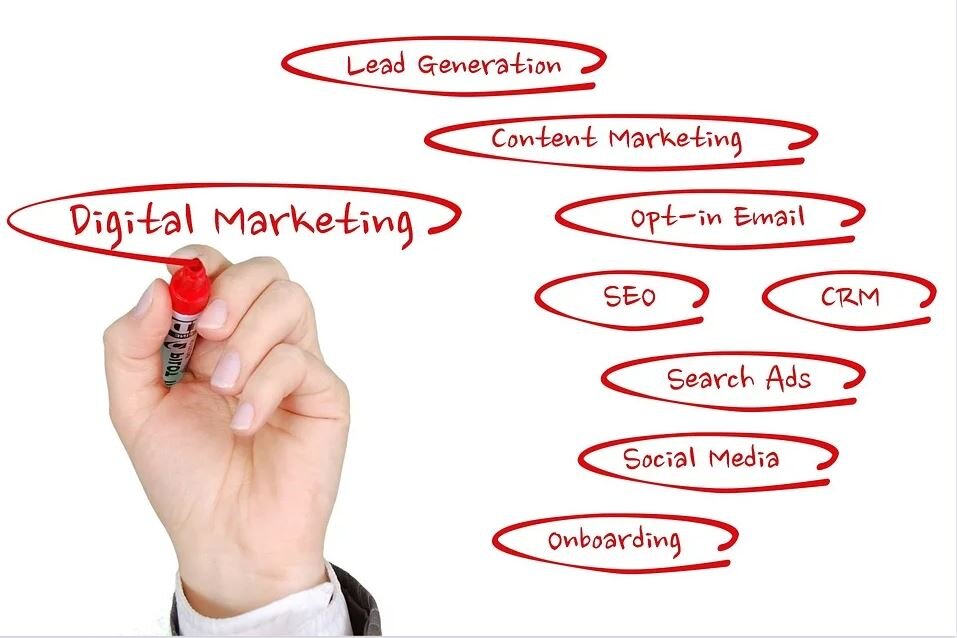IP Law for Interior Designers Part 1: Do You Need A Trademark?
/Intellectual Property law, specifically for interior designers, has become a point of interest to me lately. I see a lot of discussions and questions being asked in design groups regarding trademarks and copyrights so I decided to create a series of posts on the topic. I’ve consulted with Keren de Zwart, the founder of Not Your Fathers Laywer, in California and she has some great information for us. Today I’m beginning with trademark basics. I hope you enjoy! The post below was written by Keren de Zwart.
A trademark is a word, phrase, symbol or design, or a combination thereof, that identifies and distinguishes the source of a product. A service mark is the same as a trademark, but it identifies and distinguishes services. Registering a trademark with the United States Patent and Trademark Office (USPTO) can be an important step in protecting your company’s goods or services. It prevents others from using the same or similar trademark in connection with the same or similar goods or services, provides you with the right to bring legal action for infringement, allows you to register your trademark internationally through the Madrid Protocol, and offers many other benefits. Understanding trademark law is essential to protecting your business.
Protecting your Small Business Brand
Small businesses can benefit from registering their trademarks early in their company’s history to create an identifiable brand as they expand their business. Having a registered trademark creates a distinguishing feature for your brand that is legally protected in the event a competitor tries to use the same or similar mark to confuse customers and potentially divert your business. Building a brand around a registered trademark is important because if you find out months or years down the line that you are infringing on someone else’s trademark or you are unable to register your trademark, this could result in a costly re-brand for your business.
What do I need to know about filing a trademark?
Just starting out with a business plan? Create a concrete idea for your trademark and determine whether you want to register the word (for example, “Nike”) or a logo or design as well (like the Nike swoosh). If your company is in its infancy and you haven’t settled on a definitive logo for your brand, it is still important to register your company name and any products or services you have named. You can trademark the logo separately at a later date. Even if you have not yet used the trademark in commerce, but you have a bona fide intention of doing so, you may file an “Intent to Use” application to ensure your product or service is protected when it does come to market.
One basic, but important, principle of trademark law is that generic terms cannot be trademarked. A trademark is an “identifier of source,” and if a term is too generic to associate with a particular company, it will not be subject to trademark protection.
What if my business, product, or service already exists?
If your company has been in business and has not filed for trademark protection, it is not too late to register your trademark. Registering with the USPTO will provide protection for your goods or services going forward. Furthermore, beyond just a company name and/or logo, every time you name a new product and take it to market, you run the risk of infringing on an existing trademark if you have not confirmed that the same or similar mark is not registered with the USPTO already.
What about my website?
Your domain name on the Internet can be subject to trademark infringement claims. For example, just because a website such as www.microsoftstuff.com is available does not mean you can sell computer products from that site without infringing on Microsoft’s trademarks. However, as the owner of a website, you can create extra protection for your brand by trademarking your domain name.
Think your business is too small to deal with trademark protection? Think again. The best way to protect your business is to register trademarks for your products or services as you create them and to be sure you have your attorney research existing trademarks before you commit to taking a company name, product, or service to market. A trademark infringement lawsuit can be very costly in terms of both monetary liability to the owner of the trademark as well as costs associated with re-branding your product or service if you are found to be infringing on someone else’s trademark.
If you are interested in learning more about Keren de Zwart her website is www.notyourfatherslawyer.com.
Next week I’ll continue with more information on trademarks and in future weeks I’ll have posts regarding sponsored social media posts along with how to properly share another persons work on your social media and what to do when someone else shares your work. If there are other things regarding intellectual property law for interior designers that you are interested in learning more about, please let me know!
Stay safe!
XX, Danae


















































